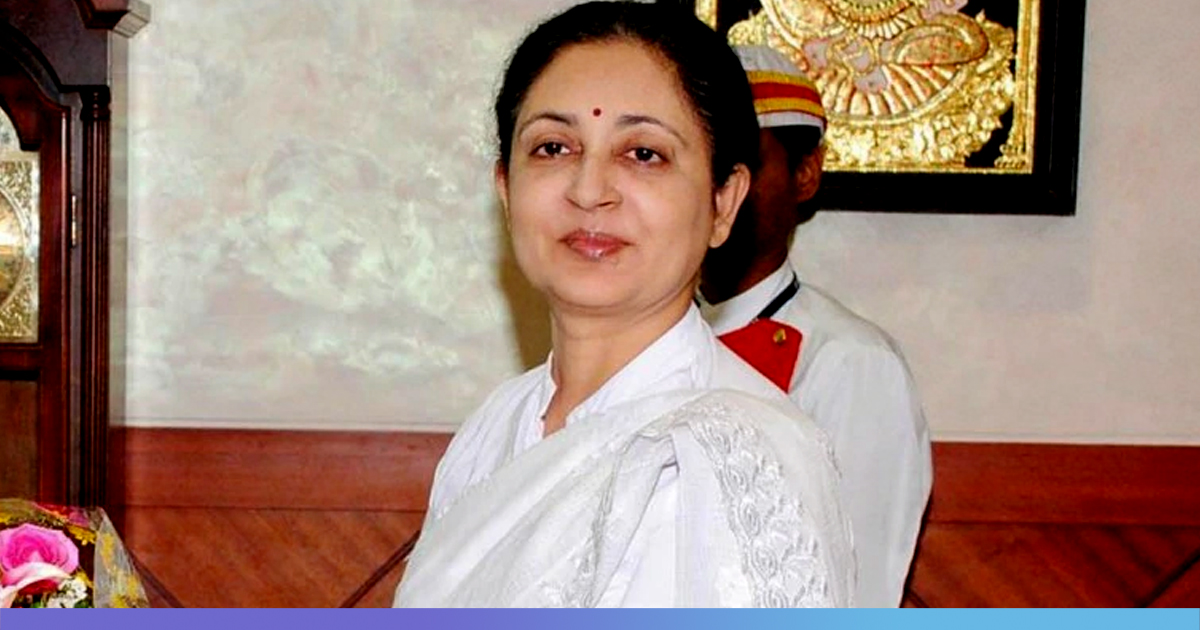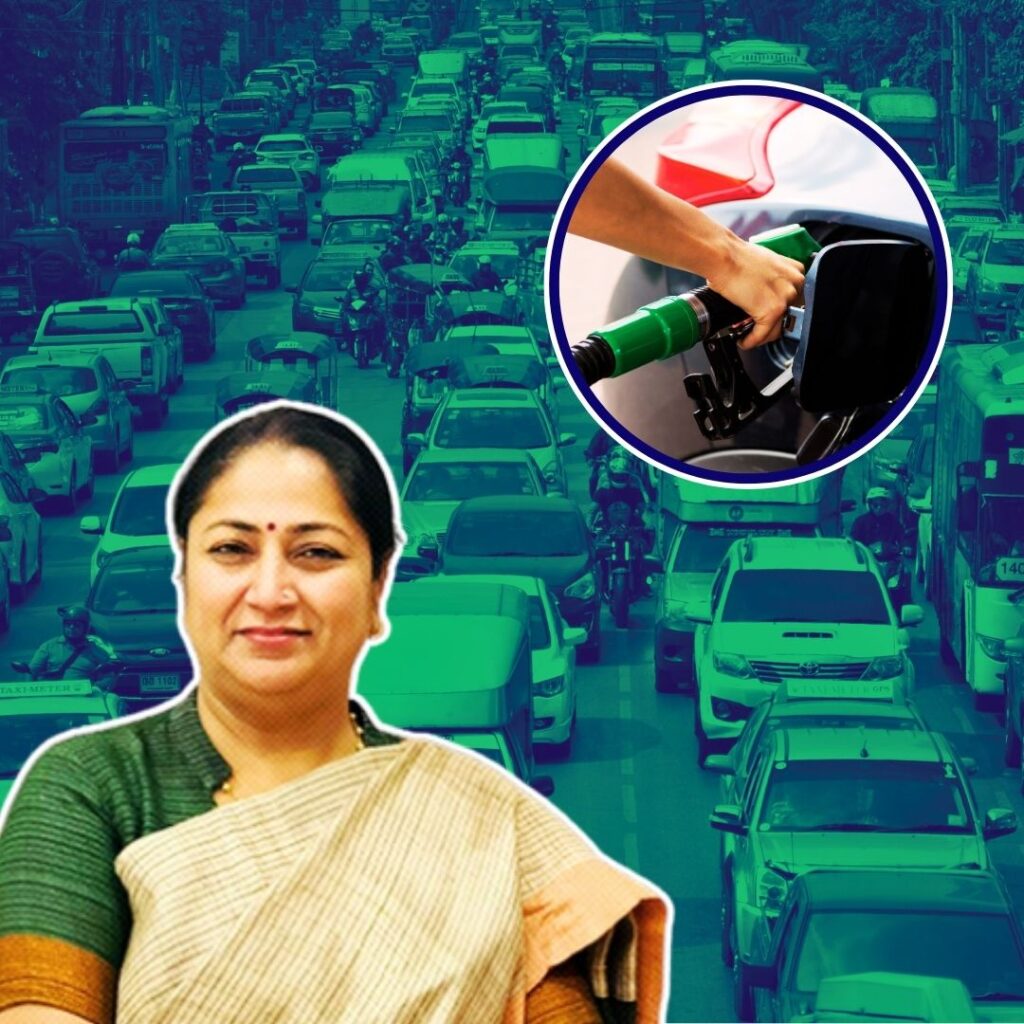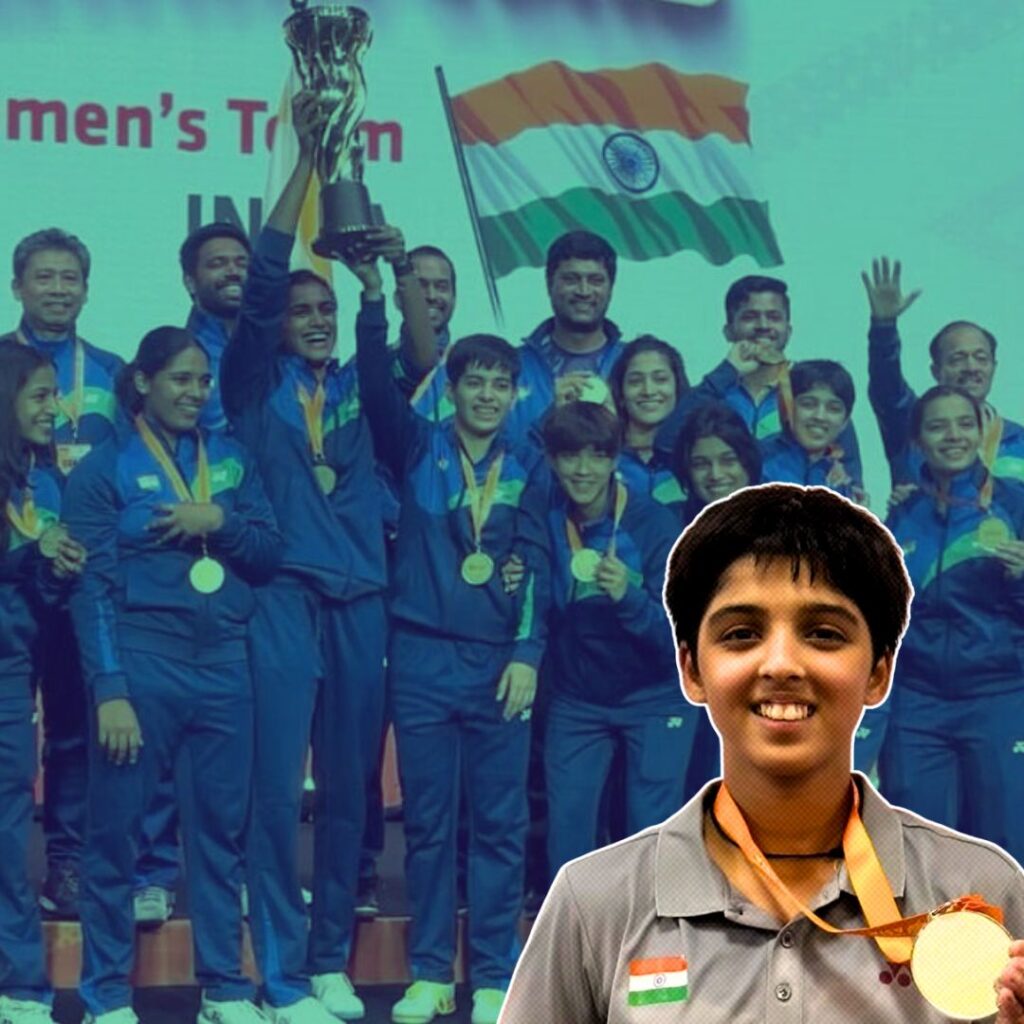The due process of High Court judges transfer by the Supreme Court collegium is once again under question after the resignation as Madras High Court Chief Justice Vijaya K Tahilramani.
The chief justice submitted her resignation on Friday in the wake of Supreme Court collegium’s August 28 decision to transfer her to Meghalaya High Court. The apex court had earlier refused her request to reconsider her transfer and said that the collegium had made the recommendation in the “interest of better administration of justice.”
Tahilramani served as a judge in Bombay High Court for 17 years and has been its acting chief justice. She is the senior-most among the High Court judges currently holding office. She was transferred to the prestigious 75 judges Madras High Court on August 2018. Her tenure at the Madras High Court has so far been smooth. Thus it becomes even more intriguing to know why she was transferred to three-judge Meghalaya High court.
How Are High Court Judges Transferred?
A judicial transfer is generally made by Presidential orders with the advice of the Chief Justice of India. The CJI can only advise such transfers after the resolution of the collegium. The collegium may also take opinion from the Supreme Court Judge hailing from the concerned High Court from which the judge is being transferred or the chief justice of that High Court.
According to a report in The Print, the collegium headed by CJI Dipak Mishra in January 2018 refused Justice Ajay Kumar Mittal’s claims for appointment as the chief justice of the Himachal Pradesh High Court. The collegium cited a 14-year-old intelligence bureau report and his “poor performance” as a judge to overlook the Punjab and Haryana High Court as reasons to counter his claims.
The members of the same collegium including the current CJI Ranjan Gogoi had cleared Justice Mittal’s name in June 2017 for the appointment as the Chief Justice of Delhi HC. The whole process was kept opaque and no one was informed.
The consultation process has been criticised over the years for becoming erratic. The case of Justice Tahilramani is a classic case where a High Court chief justice is transferred without any public knowledge on why the transfer was made.











